By Lea Binderup
Senior Instructional Designer
The 2024 spring graduation season marks a milestone for me: It’s been 20 years since I completed my master’s degree. Since then, working as an instructional designer (ID), I’ve witnessed a long line of amazing innovations and forgettable trends in the development and delivery of employee training. The fundamentals of learning instruction, however, have remained true.
It’s astonishing to recognize just how quickly learning technology has evolved. I can hardly believe I depended on dial-up NetZero internet, AOL chat rooms, and actual clip art to complete my degree. And I’m amazed to remember how in my first week working as an ID, I was shown the company’s “distance learning library”—shelves of VHS tapes containing training presentations we would mail to employees at satellite offices.
Of course, today’s AI, gamification, and VR offer engagement options and convenience almost unimaginable when I earned my degree. These new technologies—the proverbial “shiny objects” that so often draw our attention—certainly have their place. However, we must always keep in mind these are tools to enhance, not replace, the foundational elements of effective training.
The fact is, it doesn’t matter how engaging, empowering, essential—or expensive—the delivery method is. If the content loaded into that technology wasn’t built by knowledgeable professionals implementing solid instructional design processes and models, the training is going to fall flat.
So, how can you and your team weather the fleeting learning fads and trends and ensure your training initiatives are going to accomplish their intended goals?
- Check your goals. Can you clearly state the purpose of the training? Is there a list of the known gaps in skill, knowledge, or behavior of the intended audience that need to be addressed?
- Define measurable learning objectives based on the goals. While using verbs like “understand” and “know” makes writing objectives easy, they don’t provide enough actionable data to ensure goals are met. Define your objectives by describing the specific, measurable, and observable behavior that will assess the learner’s mastery of the content. Becoming familiar with verbs listed in the categories of Bloom’s Taxonomy is a great start when writing robust learning objectives.
- Ensure materials are developed within a trusted instructional design model. Take ADDIE, for example. This model has been around for even longer than those infamous VHS tapes and, unlike such artifacts, it’s as relevant as ever. If you decide to use another learning model that better fits your business’s ways of working, that’s fine. Just be sure to make an informed decision when choosing a model and then put it to use.
- Explore and use other tools in the ID toolbelt. For example, to ensure you’re thinking about desired results at every phase of a learning journey, stop and apply a training evaluation model, such as Kirkpatrick’s. Bringing in ARCS Model of Motivation and Mayer’s Principles of Multimedia Learning can help ensure that your deliverables keep the learner motivated and maximize learner retention and engagement.
As I reflect on my 20-year milestone, I can’t help but be curious about what technologies I’ll see come—and go—over the next two decades of my career. Though I’m sure things will change in ways I can’t anticipate, I’m also positive one thing will remain true: the foundational elements of effective training will never become obsolete … unlike, say, having to log off your modem so you can order a pizza on your landline.
————–
Lea Binderup has more than 25 years in the education and training field, including 20 years in instructional design. As a senior instructional designer for Encompass, she specializes in informational and visual design, multimedia development, assessment, and learning theory. Lea earned a bachelor’s degree in mathematics from UNC Charlotte and holds a master’s in instructional design and global media from Appalachian State University.


